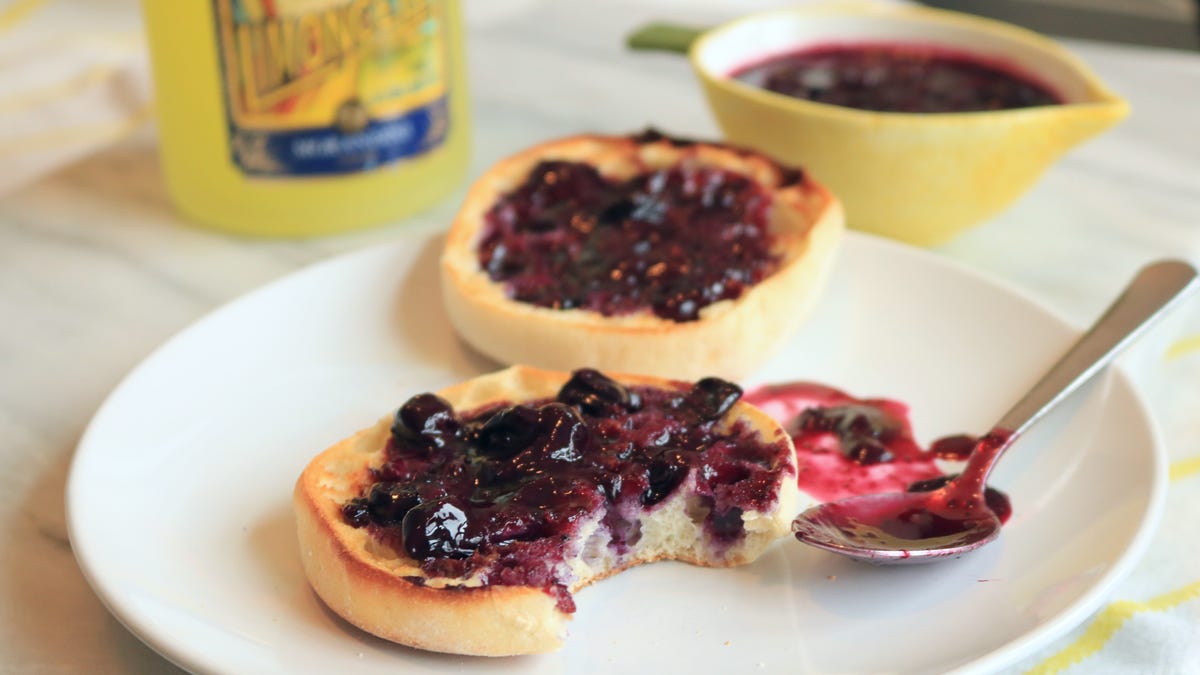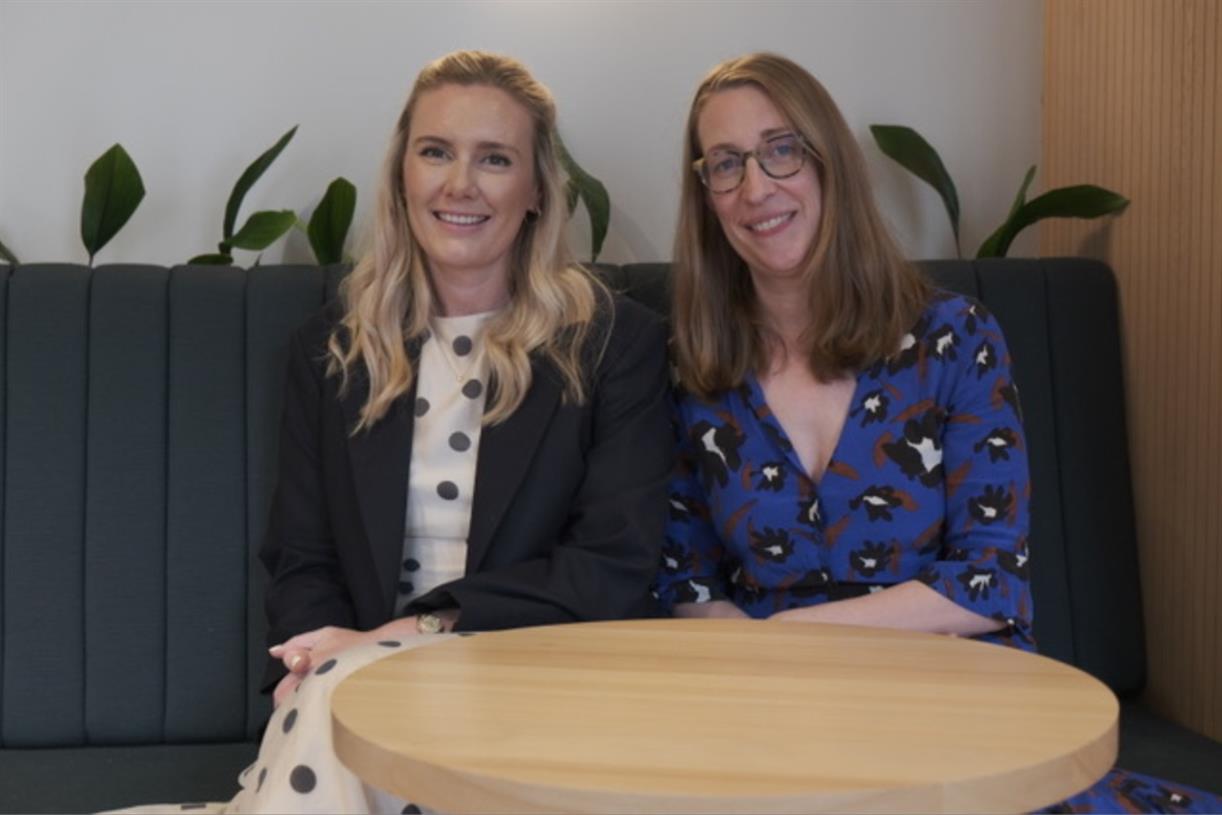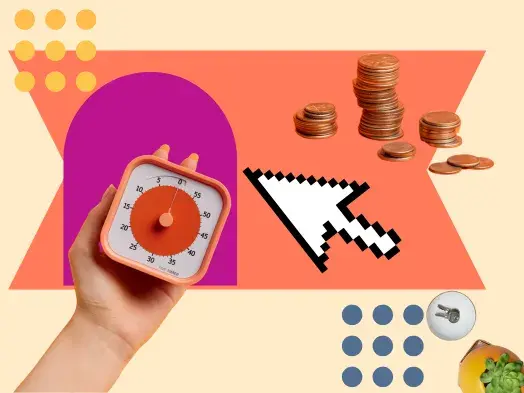A VC pulling out was this BNPL startup’s wake-up call to pivot to “save now, buy later”
Sugar is a Save Now, Buy later (SNBL) fintech service platform and app in Malaysia. Here's how it's different from and better than BNPL.

Back in 2020, co-founders Dylan and Vishvesh launched a Buy Now, Pay Later (BNPL) platform called Split, a decision validated by the results of Dylan offering his credit card details on Twitter.
Two years later though, they’ve chosen to pivot from BNPL to what they believe is a better venture for all involved—Save Now, Buy Later (SNBL), through their new app Sugar.
But why the change?
Saying bye to BNPL
Split started as a fintech platform for users to immediately book flights through periodical instalments. It later moved to cater to ecommerce sites, where Split managed to onboard over 300+ merchants and 100,000+ users in just two years.
From the numbers alone, it sounded like the business was doing well. But then they got an unexpected wake-up call.
In early 2022, Dylan and Vishvesh began noticing signs of the BNPL market’s collapse.
“The market conditions for BNPL were getting challenging and increasingly difficult to operate in,” Dylan shared.
Not only were there a lot more players cropping up, but there were talks of regulations that would be introduced, bringing more awareness to the potential risks for users.
Then a prospective venture capitalist (VC) withdrew from Split as they aimed to raise funds for a Series A round, making the founders realise that BNPL services were not sustainable in the long run.
Had the VC not pulled out, Dylan admitted that it’s likely that they would have continued to operate Split for a longer period of time given the pressure to hit Series B metrics.
“However, I think it’s more likely that we would have come to the same conclusion as we have today, but after a longer period of time. The pivot would also be much harder with a larger headcount and wider customer base,” he added.
So after careful consideration, the pair decided to pull the brakes on Split and pivot towards a new service that better aligns with the way the world is changing.
 Image Credit: Sugar
Image Credit: SugarKicked off by a strange request
A few years back, one of Split’s top BNPL electronics merchants asked the team if pre-payments could be collected from customers who wanted to pay now but buy later. Dylan and Vishvesh laughed it off at the time.
But then more and more customers began making similar requests, which prompted the founders to seriously ponder the proposition of a “lay-by” fintech.
Dictionary time: A lay-by agreement is when you pay for goods in at least two or three instalments, and do not receive the goods until the full price has been paid.
NSW Fair TradingAfter conducting an interview with nearly 100 Malaysian users and merchants, they found that many Malaysians were already participating in group savings schemes called “duit kutu”.
In this scheme, each group member contributes monthly to a communal fund and everyone takes turns to withdraw it on a rotational basis. This money is then usually used to make big ticket purchases that would otherwise be harder on the buyer’s pocket.
“We realised here was an opportunity for a savings app that would make it easy for users to save up for things they wanted to buy, and to make it even more attractive we would add incentives to do so,” Dylan said.
And so they put on their thinking caps, built a minimum viable product (MVP), and welcomed Sugar’s first few customers.
 Image Credit: Sugar
Image Credit: SugarSugar begins to crystallise
A playful nod to the idea that saving up can be sweet, Sugar also stands for “save up, get amazing rewards”. This also hints at how Sugar’s SNBL scheme differs from your typical “duit kutu”.
Here’s how it works:
Imagine you’re moving into a new home in six months and you want to buy this specific bed because it meets all your needs. But you can’t because it’s a little too expensive for now, you have no storage space, and moving it around might cause damage.
Instead of using a BNPL scheme which would only solve the first concern, you could opt for Sugar’s SNBL plan. You make small periodic pre-payments (aka instalments) until the item has been paid in full, where you can then collect your purchase.
If you decide midway through your instalment plan that you no longer want to proceed with the purchase, Sugar will provide you with a full refund with no extra charges.
But this begged the question of, why not just save up yourself? Dylan pointed out that by using Sugar’s plan, you get to book the purchase directly with the seller and collect cashback rewards at the same time.
 Image Credit: Sugar
Image Credit: SugarIt’s not only a winning situation for users though, as merchants also benefit from converting intention into future sales.
Without Sugar, money and time would have to be spent on advertising and follow-ups in hopes (not a guarantee) that customers will come back when they’re ready.
And as the mediators of such transactions, Sugar charges merchants a fixed monthly platform fee and a smaller percentage on sales. “[It’s] comparable to regular debit/credit card processing rates which can be as low as 1%,” Dylan explained.
Merchants are also in control of the cashback rewards, deciding how much customers are entitled to with each item purchase. From there, Sugar redistributes the cashback to customers as their reward for saving up.
“It’s a win-win-win situation: The merchant earns a future customer and positive cash flow, the customer gets cashback for committing to the merchant, while Sugar automates the whole process.”
Sugar versus BNPL?
With all that said, are Dylan and Vishvesh now against BNPL schemes?
“My view on BNPL hasn’t changed: it’s a tool that has its use cases, just like credit cards. Some uses are financially responsible, while others are not,” Dylan shared.
“[For example], paying for a new study desk in three interest-free instalments can be seen as prudent, but when it comes to impulsive or non-essential purchases, such as a bottle of alcohol or a pair of shoes you don’t need, the lines become blurred.”
Dylan’s advice to avoid buyer’s remorse in the first place is by replacing the words “using BNPL” with “borrowing money”, which better explains the situation.
Thus, BNPL and Sugar have little overlap. BNPL serves consumers who want their purchases immediately, whereas Sugar serves consumers who don’t need their purchases today.
“From a merchant’s perspective, we exist further up the funnel to convert intent into future sales; and from a business perspective, I believe Sugar is more sustainable because we’re not exposed to default risk or interest rates rising,” Dylan said.
Still a long way to go
The Sugar app is currently up and running, but don’t expect too much yet as it’s still in its infancy. At the time of writing, the merchants available on Sugar include Dyson, Samsung, DirectD, KingKoil, and Unbox.
With the SNBL concept still new in Malaysia, the brand is focusing on securing early adopter merchants who share their vision and want to cooperate to improve Sugar’s services. The founders also personally contact customers to get feedback from each user.
Their strategy is to launch more categories to learn from more users and merchants. So what you see today on the app might not be the same in six months’ time as the founders are dedicated to refining the app.
“Given our focus on quality, we’re only looking to onboard three to five new merchants a month until we get closer to product-market fit,” Dylan explained. They will then plan to apply for Shariah-compliance certification.
In the long run, the founders see Sugar as a tool for users to go beyond saving up and start investing. What this means is that you could choose to allocate your cashbacks into a low-risk investment of your choice, earning extra income passively.
“This is a much easier way to kickstart Malaysians’ investing journeys, driven by responsible shopping,” Dylan said.
As they close the chapter on Split to focus on Sugar, they’re winding the BNPL venture down by gradually offboarding merchants while keeping their payment systems up so that users can settle all outstanding payments.
Learn more about Sugar here.Read other articles we’ve written about Malaysian startups here.Featured Image Credit: Sugar

 Fransebas
Fransebas 
































